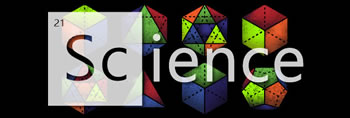Kirsten Hively loves neon signs, and has photographed more than 800 of them for her Project Neon. In an interview at Collector's Weekly, she explains how she finds, photographs, and maps those signs, as well as the history of neon signs and why they mean so much.
Neon signs are a fascinating combination of a high-tech chemical reaction that seems magical and an artisanal hand-crafted good. When you look closely at the letters, you can often see that no two are exactly the same because they’re usually handmade. Plus, the quality of the light from a neon sign is just so amazing.
I like how a neon sign becomes attached to a place, especially the big, elaborate, animated signs. So even if you haven’t ever been in the store, you know the sign, and you can direct people based on the sign. People will say things like, “Turn left at the neon sign” or “It’s two doors past the neon sign.” That sense of place is what makes the best signs.
You'll also find lots of pictures of the best neon signs in New York. Link







Comments (0)
http://www.youtube.com/watch?v=8RAfxiyMKAk
But ok, that "That's All Right" song is VERY Rock'n'roll.
Whaaa? 1946? That's just a bizarre thing to say for a song recorded so late in the history of recorded guitar solos. Roy Smeck, Eddie Lang, and other early jazz guys were recording solo breaks way, way, way before that, as were blues guys like Blind Lemon Jefferson.
Since Rock and Roll is one of those loose terms where there will never be final agreement on the definition, it's just semantics what the first Rock and Roll song is.
Crudup's "That's Alright Mama" was an up-tempo Delta Blues song. (Rockabilly had not arrived on the scene in '47).
Elvis' version (1954) was Rock & Roll, but it was predated on the Billboard charts by Bill Haley's "Crazy Man Crazy" (1953 #12).
More likely candidates include "Rocket 88" by Jackie Brenston & The Delta Cats. (Ike Turner wrote the song and was lead musician with Jackie on sax and vocal. Sam Phillips produced the session.)
Also, there's a strong case to me made for the even earlier (1947) "Good Rockin' Tonight" by Wynonie Harris.
But, in reality, Rock & Roll was an evolutionary process rather than a revolutionary process, so there is always room for debate over the first line crosser.
And finally, Farrier's definition of Rock and Roll left out it's most common useage: Negro slang for having sex.